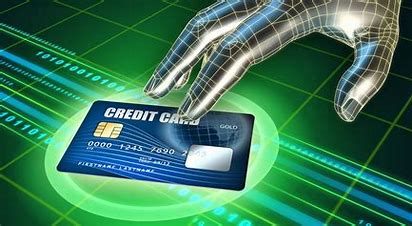Internet Crimes
By Harpalav Kaur
CREDIT CARDS

Currently, credit card fraud is a type of internet crime in which
individuals use the credit cards and credit card data of other
people to purchase something or log into their accounts, and the
scummers do not need the plastic card to commit this type of fraud
(Broadhurst et al., 2014). The different types of credit card fraud
include card theft, card skimming, card cloning, card not present
fraud, phishing, spoofing and account takeover. Data by the Federal
Reserve in 2018 shows that credit card fraud was more than 46% of
all fraud losses and the total amount that year was more than $4.1
billion.
One of the sources of credit card fraud is the simplicity of using
the credit cards and the lack of required identification or
authentication methods. Other factors that contribute to the high
rate of credit card scams include the low cost and the high return,
and the human factors of greed, curiosity, fear, or sympathy as well
as the low risk for detection and prosecution. The consequences of
credit card fraud are economic losses, identity theft, malware
infection, account compromises, data breaches, blackmail, extortion,
and emotional trauma (Brenner, 2012).
Challenges surrounding credit card fraud include the difficulty of
tracing and tracking the culprits, the several types and
complexities of credit card scams, the international and
cross-border nature of credit card fraud, the users’ low level of
awareness and literacy, and the limited support among law
enforcement agencies. Solutions for credit card fraud that can be
implemented include the update and constant improvement of security
software and protocols, using strong and unique passwords and
multi-factor authentication, verification and reporting of
transactions that seem suspicious, avoidance of clicking on links or
attachments, and training and educating users and employees with a
view to strengthening partnerships and collaboration among
stakeholders (Wall, 2007).